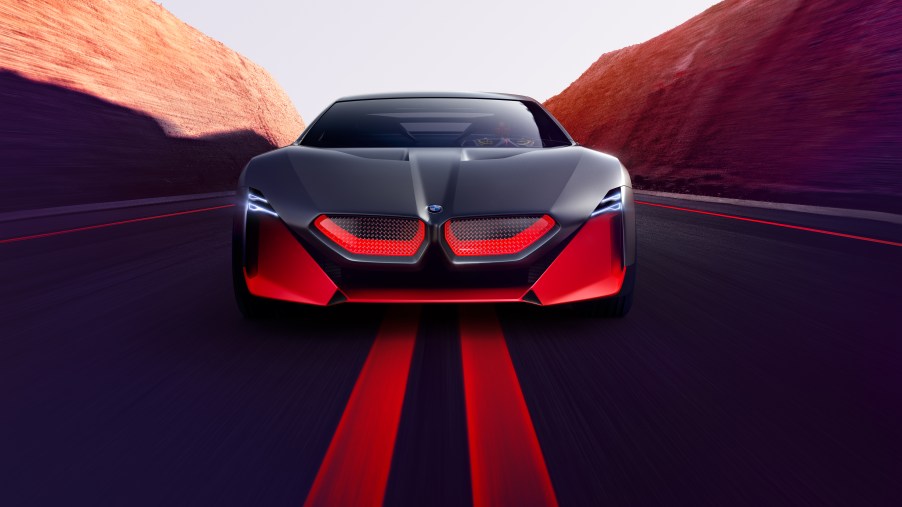
Seven Reasons We Want BMW to Build the Vision M Next Supercar
If BMW were to take everything you like about the M1 and i8 and put them together into one dynamic concept car, what would be the result?
You’d get the latest BMW concept car, the BMW Vision M Next. This concept blends future tech ideas and a focus on performance into a cleverly-designed car with some amazing future-looking technology. According to Adrian von Hooydonk, head of design at BMW group, you’d get a concept car that “demonstrates how state-of-the-art technology can also make the experience of driving yourself purer and more emotionally engaging.”
The Vision M Next debuted at BMW’s new tech conference, the BMW Group #NEXTGen. The German automaker is currently gauging buyer interest the sporty two-seat, plug-in-hybrid. In our opinion, though, BMW should go ahead and build it. Why? Here are seven compelling reasons:
1. Hybrid Power
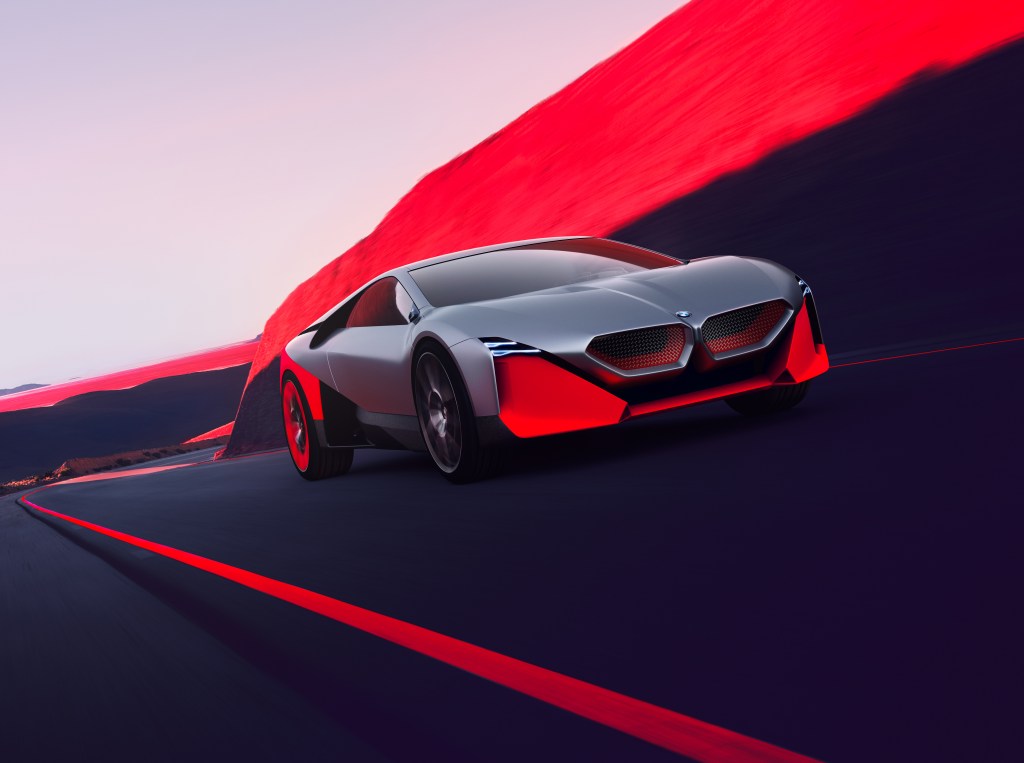
The Vision M Next’s power comes from an extended-range plug-in-hybrid system that offers a 600-hp four-cylinder engine. It also offers an impressive EV range of 62 miles that’s used before the engine takes over. Thanks to the powertrain that BMW calls the Power PHEV, Vision M Next can go from electric all-wheel drive to rear-wheel drive. The Vision M Next can reach 62 miles per hour in three seconds flat, making it about as quick as the BMW M8. It’s also alleged to have a top speed of 186 miles per hour.
2. BMW i8 Replacement
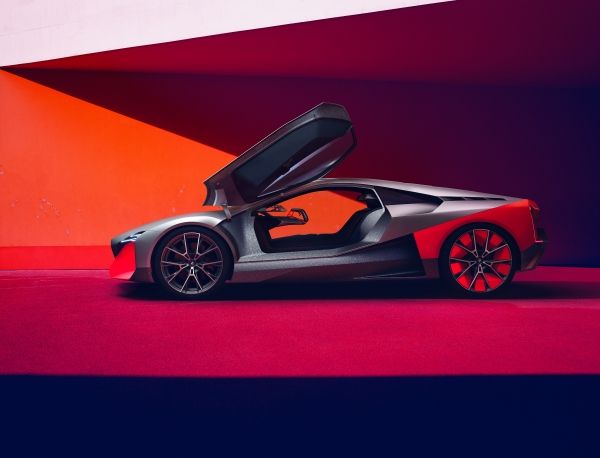
Many in the industry suspect that Vision M Next might be a replacement for the i8. By focusing on details and using a minimalist approach, BMW crafted an attractive supercar concept that’s appealing to car enthusiasts. Fans can see the i8 in the Vision M Next’s silhouette, doors, and nose. The side vents, rear louvers, and C-pillar call to mind BMW’s first mid-engine sports car, the M1. The BMW roundel in the taillights is another nod to the M1. But while the design uses elements of both the i8 and the M1, it wasn’t intended to be retro.
Vision M Next surpasses the i8 when it comes to ease of use since it’s promised that it can do the driving for you and also be incredibly fun to drive.
3. No Chrome
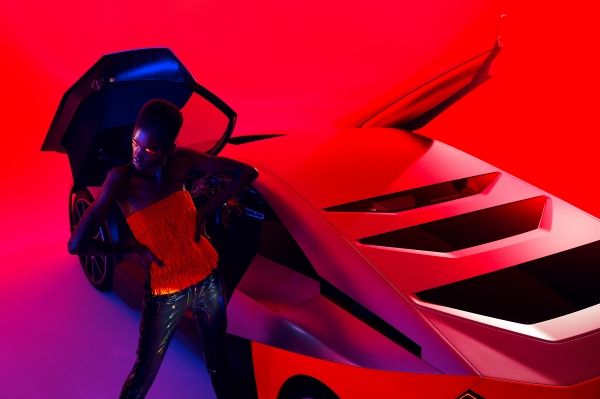
No chrome is used in the noteworthy 3D grille on Vision M Next. Chrome isn’t used at all in the tradition of the BMW hybrid/electric sub-brand established with the i3 and i8. We love the less flashy look.
4. Electric Orange
Electric Orange is the color used to bring attention to the placement of the engine and motors. The use of a blocking technology was used on the art to apply the orange paint and the contrasting silver. For concept art purposes it was rendered in carbon-fiber and fiberglass. It represents what would be full recycled carbon-fiber body car after production.
You’ll notice Electric Orange is also used as fillers on the rear wheels for low drag. Since the front brakes need more cooling, the same wasn’t done for the front wheels.
5. A Three-Layer Instrument Panel
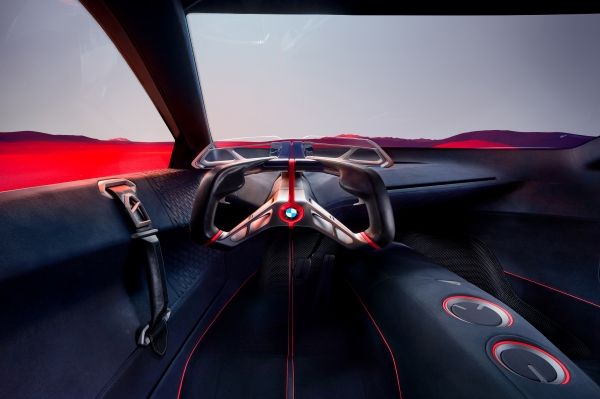
The instruments on the Vision M Next minimize as the car speeds up. As the car’s speed increases, the smaller the instrument display becomes. There are three layers to the instrument cluster. At the highest speeds, Layer 1 displays only what’s showing up on the steering wheel. On the curved glass on the IP is Layer 2. With Layer 3, you get the head-up windshield display.
6. Going Beyond PHEV
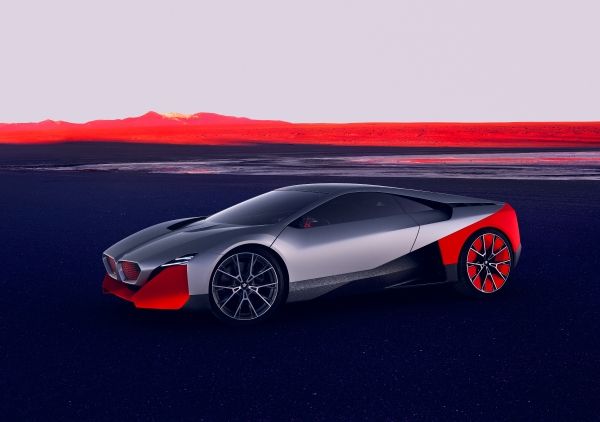
According to van Hooydonk, one day the M brand will go full battery-electric. No surprise there when you consider that Tesla has an electric sports car in development. Hyundai also has its new Essentia EV coupe in the works for 2021.
7. Safe Self-Driving is Still in the Future
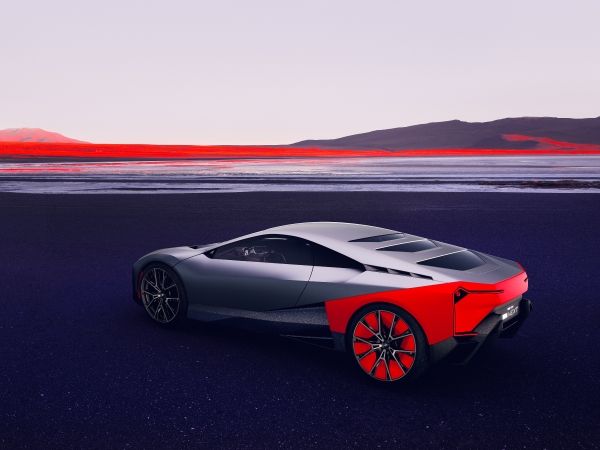
Yes, the Vision M Next could drive itself. But it doesn’t and that’s okay. If and when the BMW Vision M Next goes into production, it would get the German automaker’s latest driver-assist technology. The intention is to handle the driving for someone on long, straight stretches of highway. It’s not meant for the stop-and-go bustle of city traffic.
In truth, safe self-driving technology isn’t available now and isn’t likely to go mainstream for many decades to come. Still, we’re still very excited about the potential of BMW’s Vision M Next supercar. It’s part of an automotive future that places importance on driving as opposed to autonomy.
All images provided by the manufacturer unless otherwise stated.


